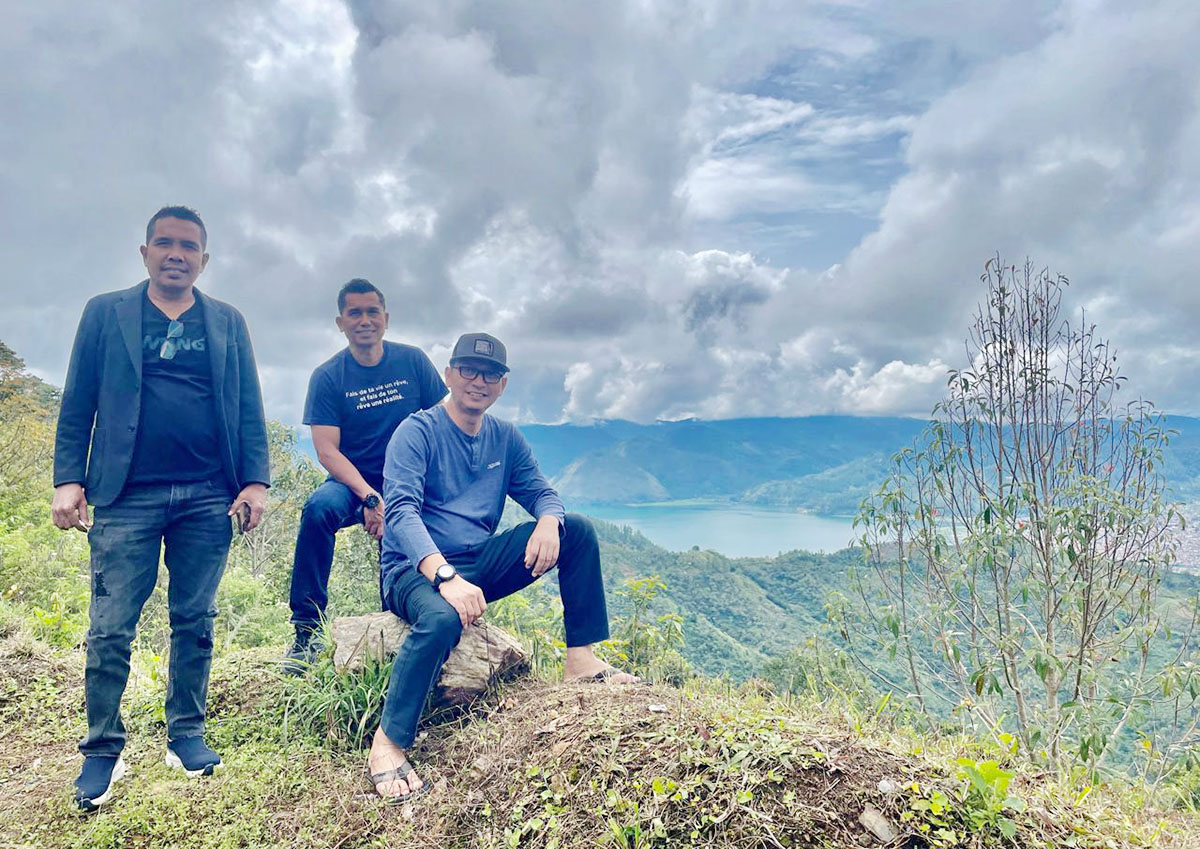Ethnography of Central Aceh Tengah with Exotic Nature | Part 1

I was with my friends with the backdrop of Lake Lut Tawar which is the icon of Kota Takengon.
Talking about the administrative area of Central Aceh (Aceh Tengah) Regency in Indonesia, owe will associate it with the area in the central part of Sumatra Island which is located in the Bukit Barisan Mountains.
Central Aceh Regency has its capital in Takengon, an area known for its coffee farming products and treatises on the legend of the existence of Lake Lut Tawar and other historical relics and archaeological findings such as the Loyang Mendale Site and the Loyang Ujung Karang Site.
These two sites are very valuable sites for the development of science, because these sites are research centers for the identification and reconstruction of cultural history in Central Aceh Regency, especially the Gayo ethnic culture (Wiradnyana, et al., 2018).
Central Aceh Regency has an area of 4,318.39 km2 which is divided into different areas, namely forest areas 49.19%, agriculture 1.84%, settlements 18.04%, people's plantations 6.63%, state plantations 9.7%, fisheries 0.20%, and the rest is bushes, grasslands and others amounting to 14.58%.
Central Aceh Regency is inhabited by several ethnic groups, but the largest is the Gayo ethnic group. This ethnic group has cultural characteristics that are different from Acehnese culture. This is very understandable in relation to the archaeological findings of the Hoabinh culture which are the subject of genealogical analysis, cultural processes and migration so that the Gayo community culture is formed.

The characteristics and differences found in the Gayo ethnic group are the basis for Acehnese society in general to create boundaries through stereotypes that often become racist sentiments. The absence of more inclusive political practices has made the Gayo ethnic group reject the political exclusivity that is generally carried out by the Acehnese people.
The rejection of the exclusive practice is manifested in the rejection of the Gayo ethnic group in the Free Aceh Movement (GAM) and the expansion of the ALA Province (Aceh Leuser Antara).
Primordial sentiments and divisions are the sharpest weapons to be used as a tool to divide and conquer. In the Gayo ethnic tradition, there is a custom that involves young men and women in physical conflict called moety, a conflict involving both clans or two prohs of society. These primordial divisions were maintained by the Dutch colonial government for a divide and conquer strategy (Melalatoa, 1983).
This is reinforced by Hurgronje (1996) who describes the Gayo community in the past as being grouped not according to territorial unity, but according to the unity of descent called tribes.
The divide and conquer politics through the use of moety was built and maintained through political competition that was known and developed orally through the story of the Uken-Toa competition. While after independence this sentiment was also still maintained through the political practice of electing regional leaders and networks within their power environment.
Historically, the Gayo Tribe has an important role in maintaining the independence of the Acehnese people from Dutch colonial conquest and imperialism. The Gayo people who live in the middle of the Aceh mountains which are the remote areas of Gayo and Alas "Gayo region" became the Acehnese people's stronghold in maintaining their sovereignty (Gayo, 1983).
This incident shows evidence that the Gayo Tribe itself is committed to maintaining the sovereignty of Aceh as a whole from the invasion of imperialism and colonialism of the Dutch government.[]
The first part of two parts.
